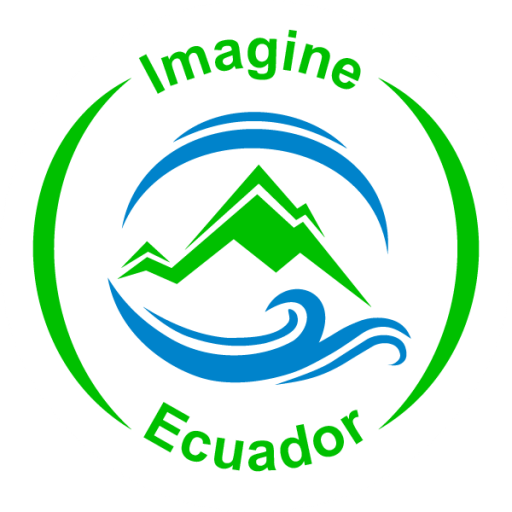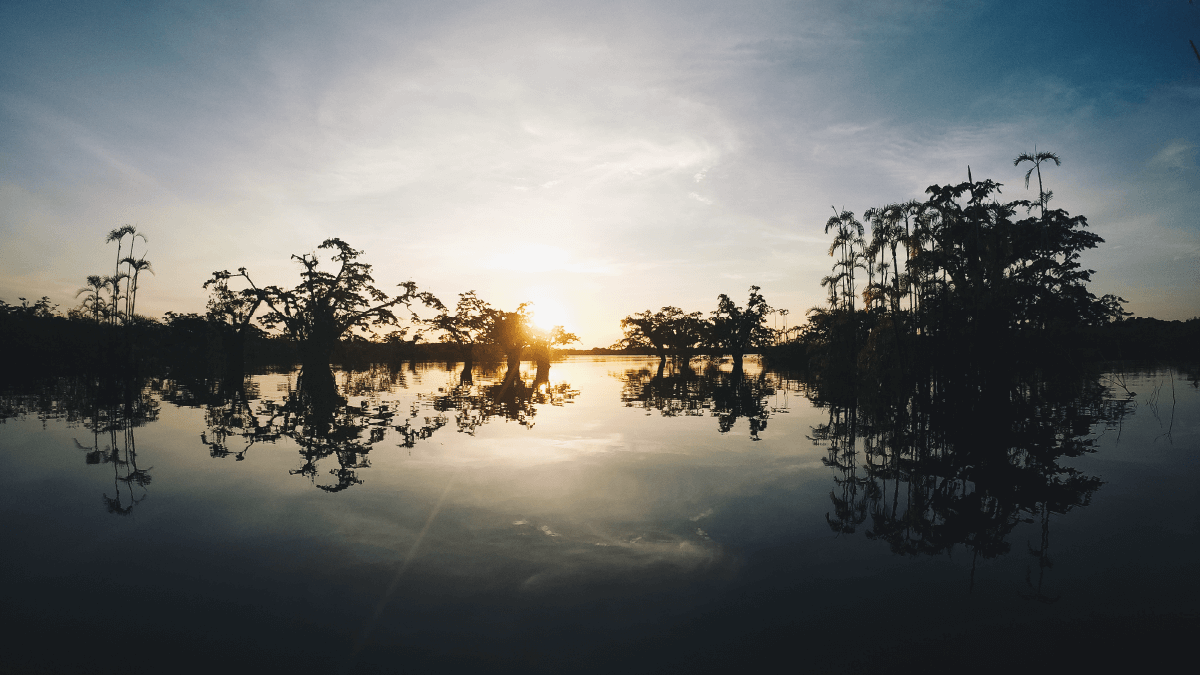AMAZON INFORMATION
Amazon Information
The Amazon River Basin is home to the largest rainforest on Earth. The basin roughly the size of the forty-eight contiguous United States covers some 40% of the South American continent.
This basin encompasses 7,000,000 square kilometres (2,700,000 sq mi), of which 5,500,000 square kilometres (2,100,000 sq mi) are covered by the rainforest. This region includes territory belonging to nine nations. The majority of the forest is contained within Brazil with 64% of the rainforest, followed by Peru with 13%, Colombia with 10%, Venezuela with 6%, Ecuador with 2%, Bolivia with 6 %, Guyana with 3%, Suriname with 2% and French Guiana with 1%.
Today the Amazon River is the most voluminous river on Earth, eleven times the volume of the Mississippi, and drains an area equivalent in size to the United States. During the high water season, the river’s mouth may be 300 miles wide and every day up to 500 billion cubic feet of water (5,787,037 cubic feet/sec) flow into the Atlantic.
Ecuador Amazon Rainforest Jungle
One of the most bio-diverse areas on the planet, the Ecuadorian Amazon rainforest shares with it´s visitors an unforgettable nature & wildlife experience.
Add to that the fascinating mix of indigenous indian tribes that populate the region, and the mystery of the shaman traditional medicine healer, and you are in for a unique cultural experience, too.
The Ecuadorian Amazon basin is also the most easily accessible and inexpensive rainforest area in all of South America.
The Amazon River. Moreover, forty percent of all of the earth’s fresh water flows through the Amazon basin; more water than in the basins of the next six biggest rivers combined! It snakes and swivels thousands of miles and draws in water from over 1500 water sources, including the Rio Napo in Ecuador, one of its primary tributaries plants are found in this equatorial swath of green.
This rainforest is home to thousands of indigenous inhabitants, who make up nearly 200 distinct nations, including the: Achuar, Andoa, Cofan, Kichwa, Secoya, Shiwiar, Shuar, Siona, Waorani and Zapara.
Ecuador, with its 2% share of the Amazon (know as the Oriente), provides unparalleled opportunities for experiencing the magic of the rainforest. Not only does it have one of the world’s best developed infrastructures for rainforest tourism, but most destinations are accessible within a day’s journey from Quito, including the Cuyabeno Wildlife Reserve and the Yasuni National Park.
Cuyabeno Amazon Rainforest Reserve
Created in 1979 the Cuyabeno Amazon Rainforest Reserve is the second largest protected area.-The Cuyabeno Reserve is an important nature reserve in the international Amazon Region Amazonia with rather unique ecological characteristics. Located at the foothills of the Andes, it is different from any other Amazon protected area in the world. The area encompasses a poorly drained plain with a network of periodically inundated forests, lakes and creeks. Such conditions are rare so close to the Andes and given its proximity to the mountains combined with a slightly cooler and wetter climate it may be expected to have rather different species than other areas in the upper Amazon watershed. As all protected areas in the Amazon region, the area has a high biodiversity, but possibly a bit lower than better drained protected areas like the neighbouring Yasuni National Park, which is considered the most diverse park in the world. However, such claims must be met with caution, as insufficient data of other areas exist to scientifically compare the diversity of areas. Moreover, to the incidental visiting biologist or tourist such differences are irrelevant because all areas close to the Andes are incredibly rich in species and a joy to visit.
All large Amazon mammals are present: the lowland tapirs, 2 species of deer, all amazon cats, including jaguars and pumas, capybaras, 2 species of dolphins, manatees, the giant otter, etc. Monkeys are represented by 10 different species, while rodents and bats are represented by dozens of varieties.
The current number of registered bird species is under debate, some claiming 530 species while others suggest that more than 580 species have been seen, but probably nobody keeps sound records. At the peak of the wet season, thousands of hectares of forest become inundated, forming an El Dorado for an estimated number 350 fish species, 2 species of cayman (alligator), boa constrictors and anacondas, while countless frogs and toads sing their never-ending concerts. Dolphins have been seen swimming in deep in the inundated forest, as they follow the fishes.
The Sionas live in the area of the upper Cuyabeno lakes network and along the Tarapuy river, while the Cofans, and the Secoyas live on the banks of the two major bordering rivers, the Aguarico and the Putumayo River, both affluents of the Amazon. A few Siona, Secoya, and Cofan folk shamans are respected for to their botanical knowledge and use of natural medicines.
Whether you are looking for a luxury lodge with three-course meals and hot showers, a mud-up-to-your-knees trekking and camping adventure, or something in between, Imagine Ecuador has programs to meet your needs. See our list of recommended packages and stay in one of our rainforest lodges.
Yasuni National Park
Created in 1979, Yasuni is Ecuador´s largest mainland National Park. UNESCO declared it an International Biosphere Reserve. This large area in the rainforest protects three types of vegetation ranging from woodlands on dry soil to semipermanently flooded forest.
Yasuni is home to several untouched indigenous tribes, including the Tagaeri and the Taromenane. The national park lies within the Napo moist forests eco-region and is primary rain forest.
Yasuni National Park is arguably the most biologically diverse spot on earth. The park is at the center of a small zone where amphibian, bird, mammal, and vascular plant diversity all reach their maximum levels within the Western Hemisphere. Moreover, the park breaks world records for local-scale (less than 100 kilometers²) tree, amphibian, and bat species richness, and is one of the richest spots in the world for birds and mammals at local scales as well.
The park holds a world record 150 amphibian species for places with comparable landscapes. It also is in the top for amphibian diversity compared to other sites sampled in the western Amazon. The total of its amphibian species are more than the United States and Canada combined. Reptile species in the park is also very high with 121 documented species found. In spite of covering less than 0.15% of the Amazon Basin, Yasuni is home to approximately one-third of amphibian and reptile species.
The park also harbors high levels of fish diversity with 382 known species. This number is greater than the amount of fish species found in the whole Mississippi River Basin. Yasuni also is home to at least 596 bird species which comprises one-third of the total native bird species for the Amazon. The park is also very rich with many species of bats. On a regional scale, the Amazon Basin has an estimated 117 bat species but on a local scale, Yasuni is estimated to have comparable richness. In a single hectare, Yasuni has over 100,000 different species of insects which is roughly the amount of insect species that can be found in all of North America. The park also boasts one of the world’s richest levels of vascular plants. It is one of nine places in the world that has over 4,000 vascular plant species per 10,000 kilometers. The park contains many species of trees and shrubs and holds at least four world records for documented tree and liana richness as well as three world records for diversity in woody plant species. The park also hosts listed endemic species such as 43 different species of vertebrates and 220 – 720 different plant species.









